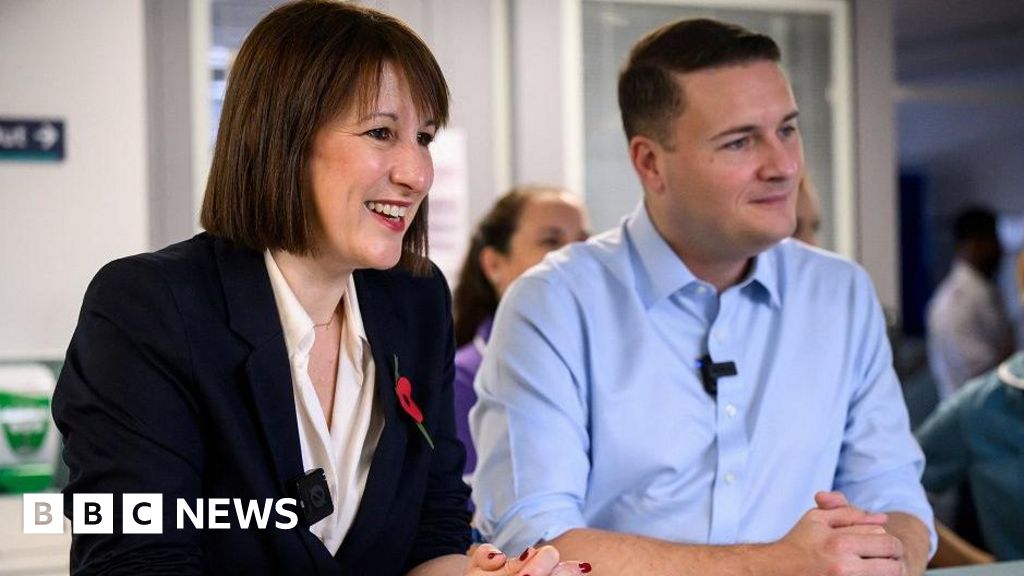Biomedical engineers from the University of Melbourne have invented a 3D printing system, or bioprinter, capable of fabricating structures that closely mimic the diverse tissues in the human body, from soft brain tissue to harder materials like cartilage and bone.
This cutting-edge technology offers cancer researchers an advanced tool for replicating specific organs and tissues, significantly improving the potential to predict and develop new pharmaceutical therapies. This would pave the way for more advanced and ethical drug discovery by reducing the need for animal testing.
Head of the Collins BioMicrosystems Laboratory at the University of Melbourne, Associate Professor David Collins said: “In addition to drastically improving print speed, our approach enables a degree of cell positioning within printed tissues. Incorrect cell positioning is a big reason most 3D bioprinters fail to produce structures that accurately represent human tissue.
“Just as a car requires its mechanical components to be arranged precisely for proper function, so too must the cells in our tissues be organised correctly. Current 3D bioprinters depend on cells aligning naturally without guidance, which presents significant limitations.
“Our system, on the other hand, uses acoustic waves generated by a vibrating bubble to position cells within 3D printed structures. This method provides the necessary head start for cells to develop into the complex tissues found in the human body.”
Most commercially available 3D bioprinters rely on a slow, layer-by-layer fabrication approach, which presents several challenges. This method can take hours to finish, jeopardising the viability of living cells during the printing process. Additionally, once printed, the cell structures must be carefully transferred into standard laboratory plates for analysis and imaging — a delicate step that risks compromising the integrity of these fragile structures.
The University of Melbourne research team has flipped the current process on its head by developing a sophisticated optical-based system, replacing the need for a layer-by-layer approach.
The innovative technique uses vibrating bubbles to 3D print cellular structures in just a matter of seconds, which is around 350 times faster than traditional methods and enables researchers to accurately replicate human tissues with cellular resolution.
By dramatically reducing the 3D printing time and printing directly into standard lab plates, the team has been able to significantly increase the cell survival rate, whilst eliminating the need for physical handling. Ensuring the printed structures remain intact and sterile throughout the process.
PhD student Callum Vidler, the lead author on this work, said the groundbreaking technology was already generating excitement in the medical research sector.
“Biologists recognise the immense potential of bioprinting, but until now, it has been limited to applications with a very low output,” he said. “We’ve developed our technology to address this gap, offering significant advancements in speed, precision, and consistency. This creates a crucial bridge between lab research and clinical applications.
“So far, we’ve engaged with around 60 researchers from institutions including the Peter MacCallum Cancer Centre, Harvard Medical School, and the Sloan Kettering Cancer Centre, and the feedback has been overwhelmingly positive.”


